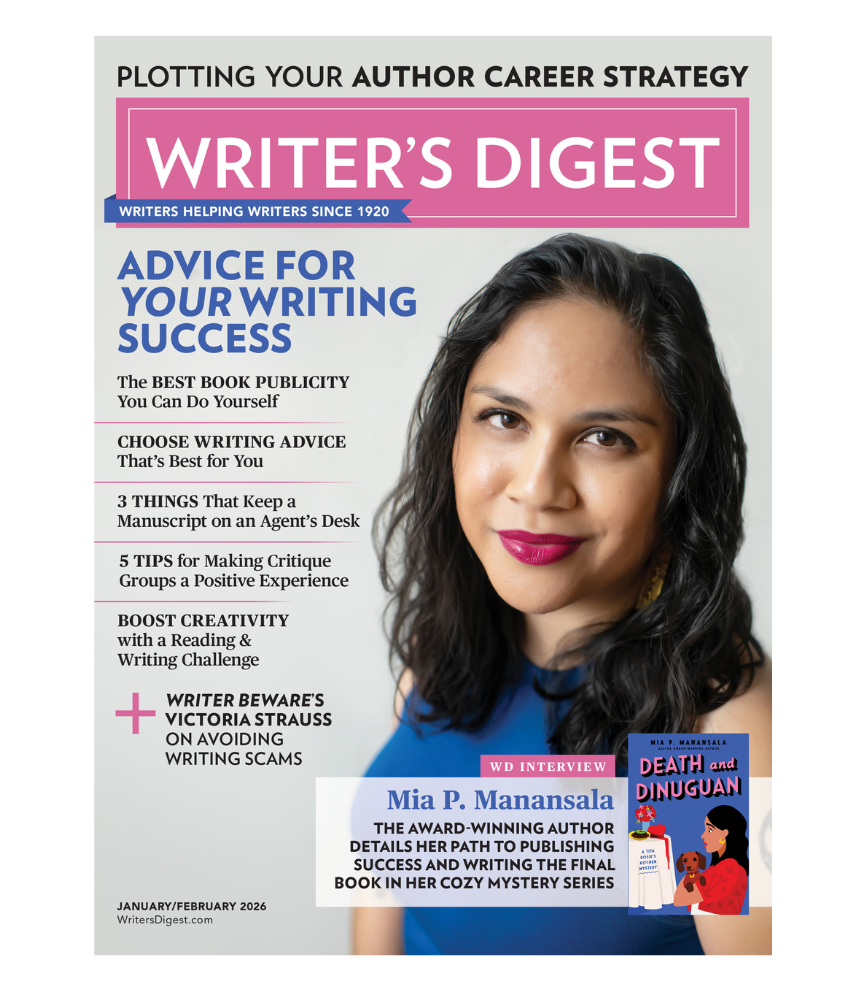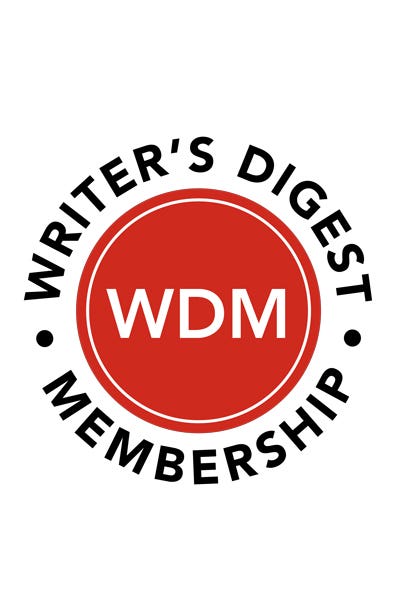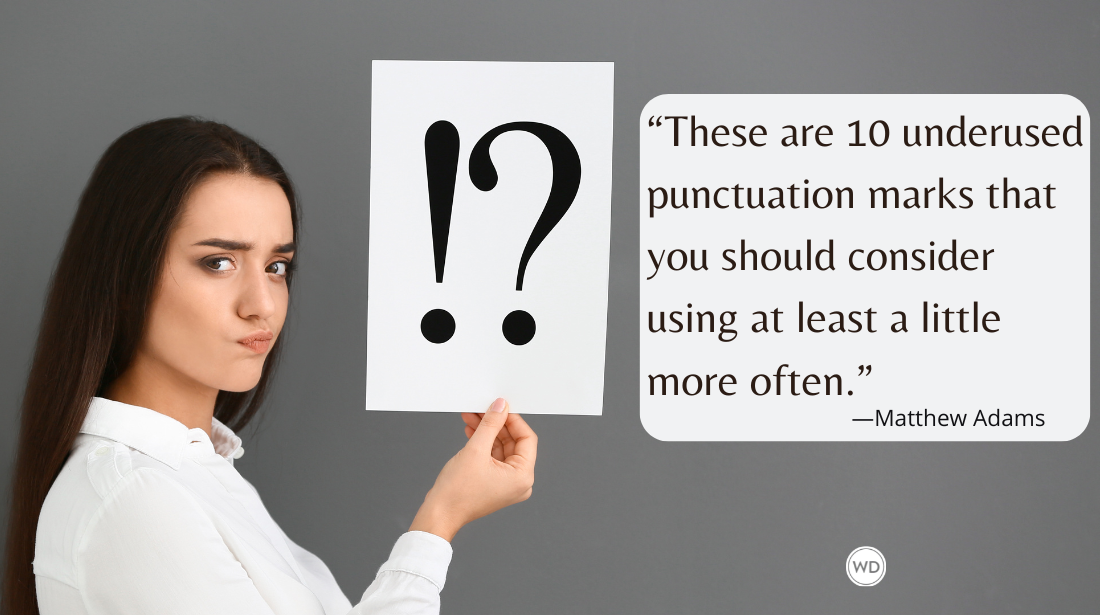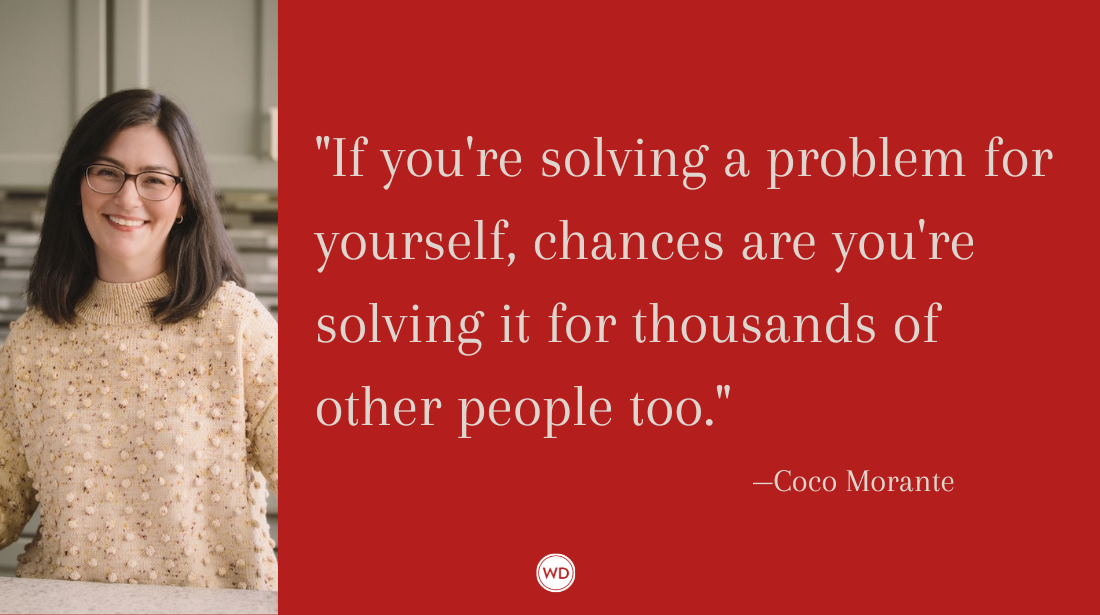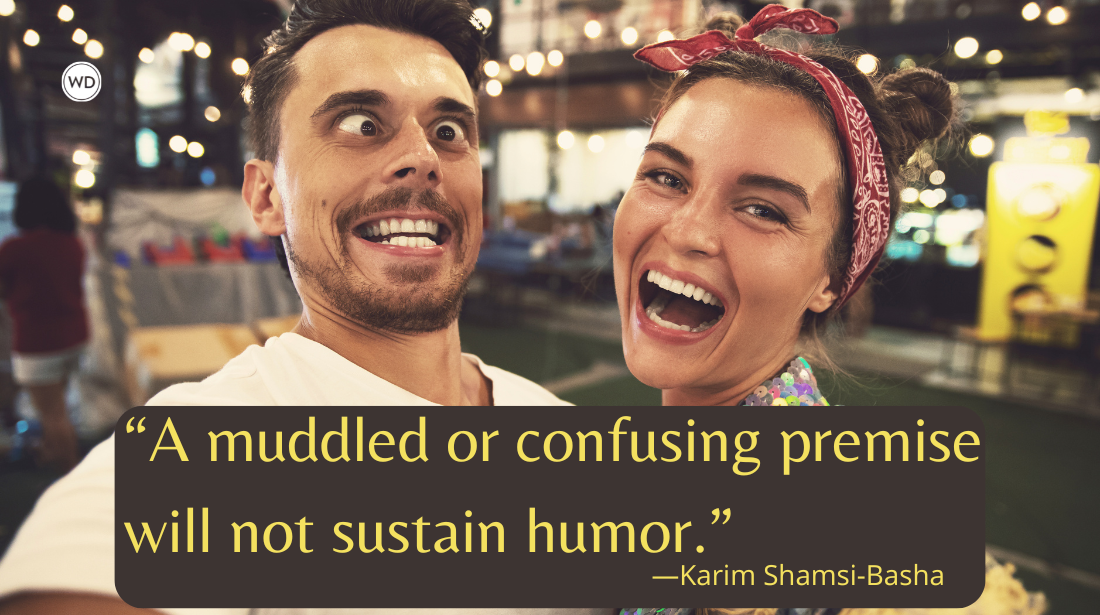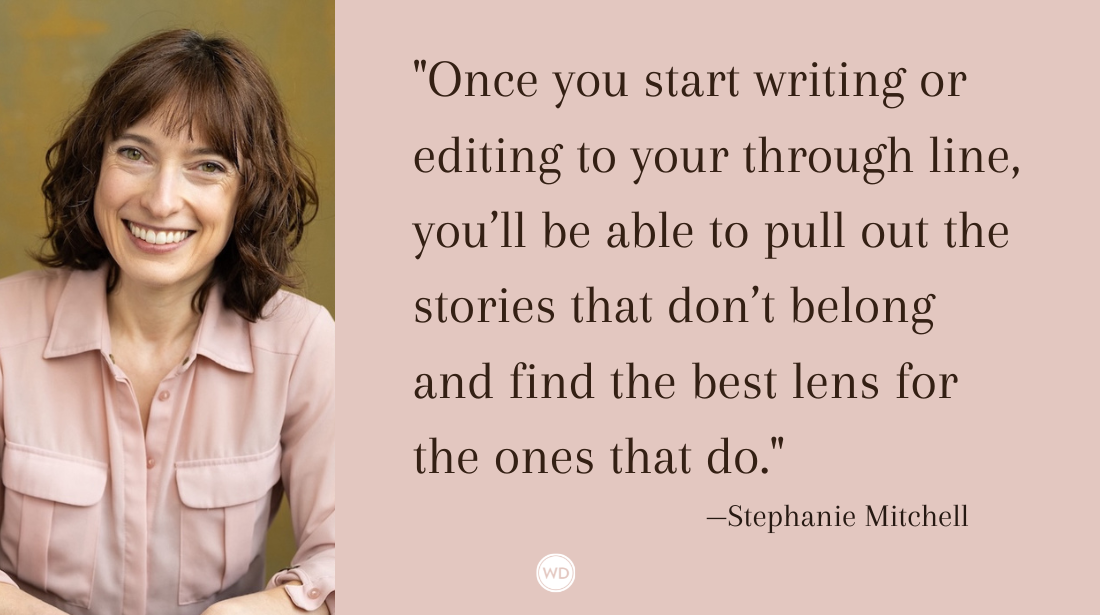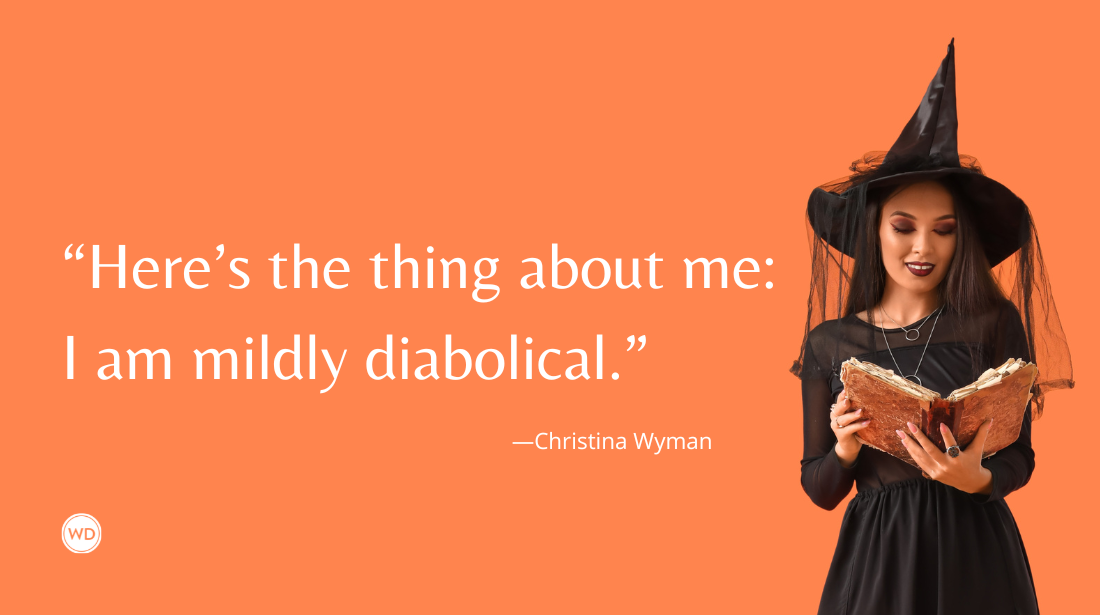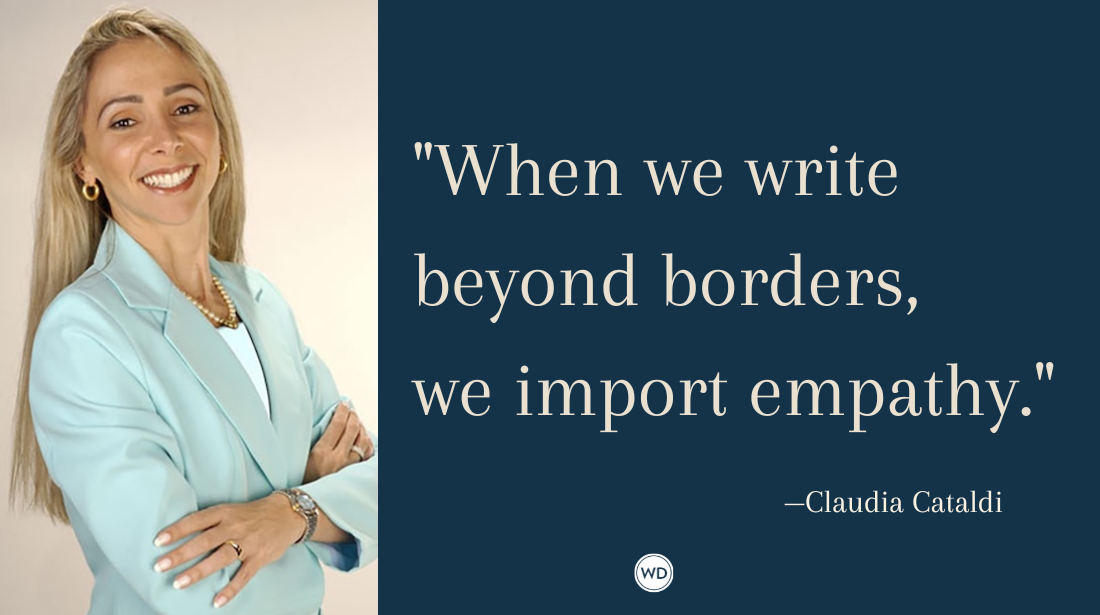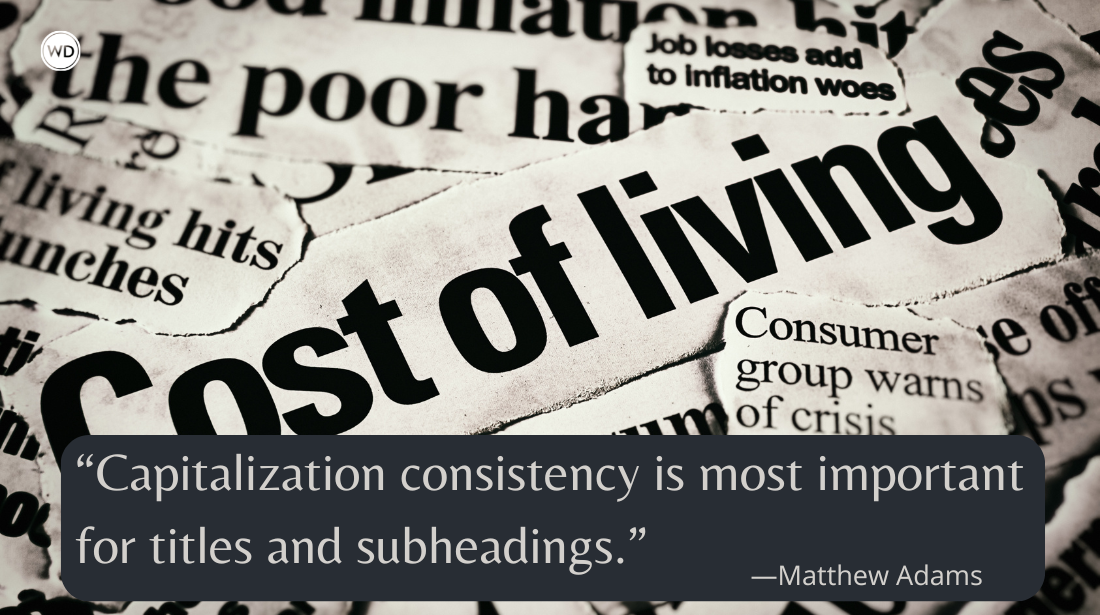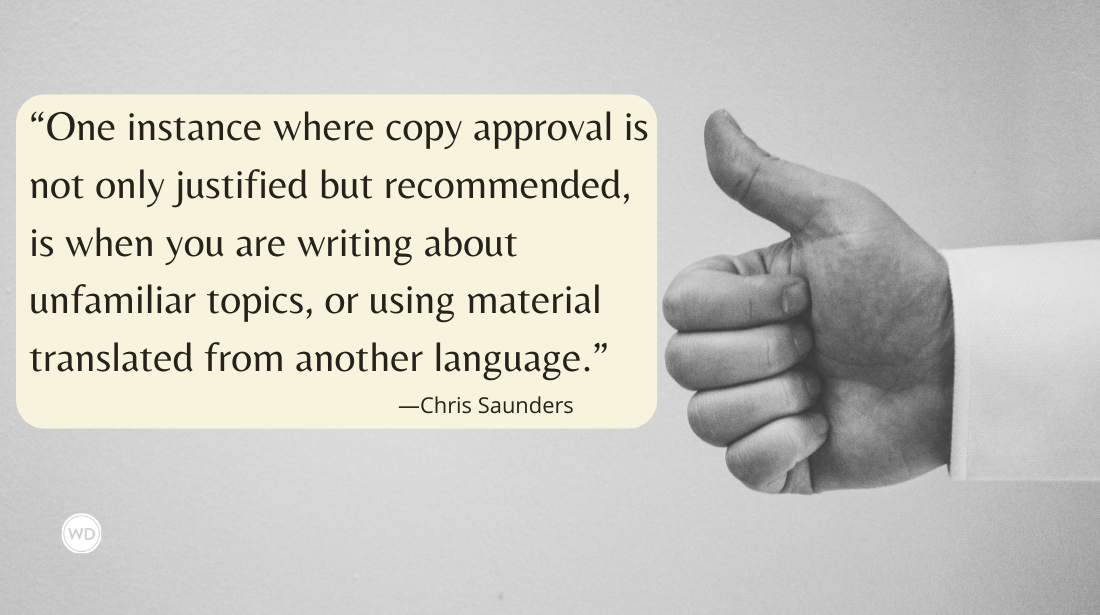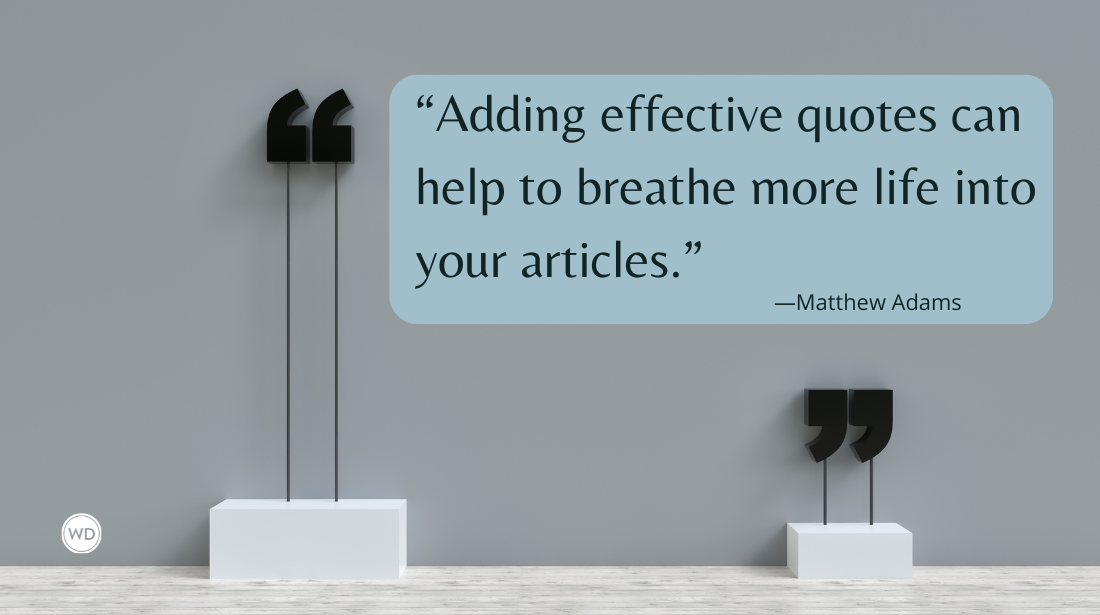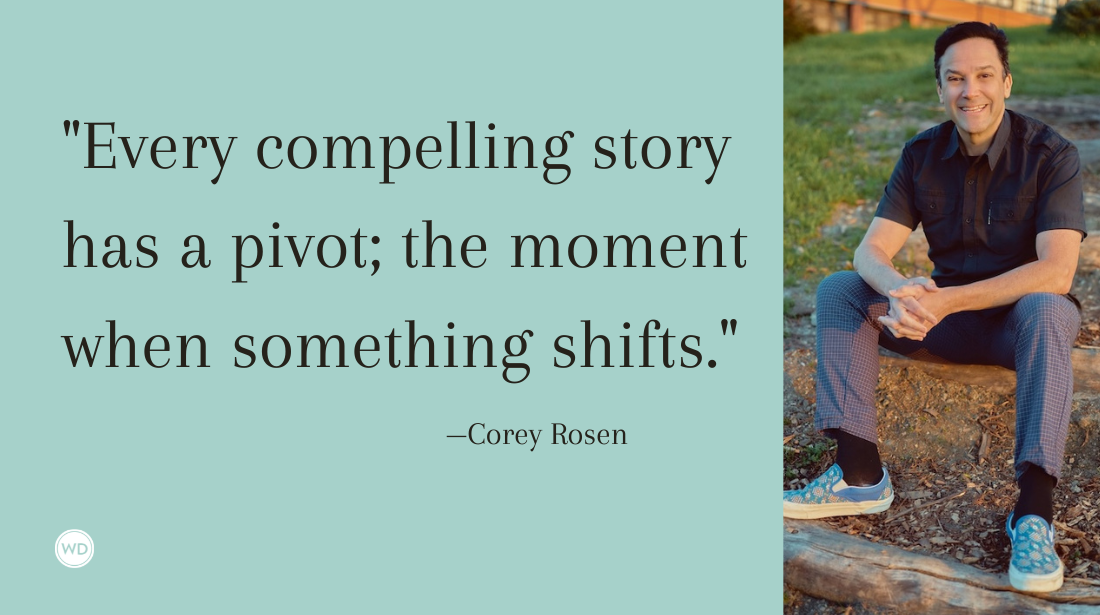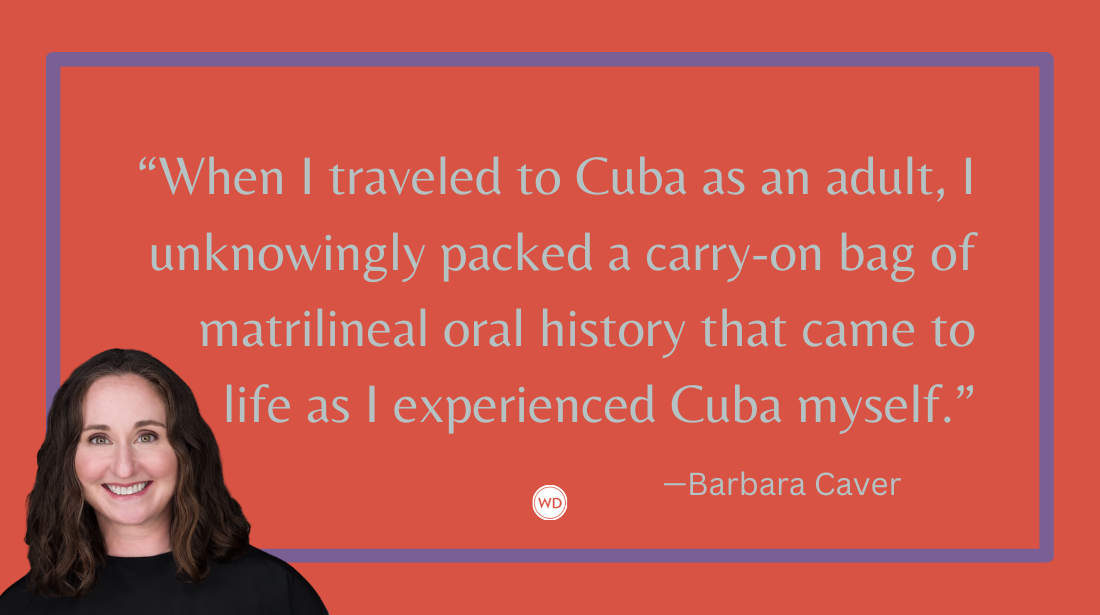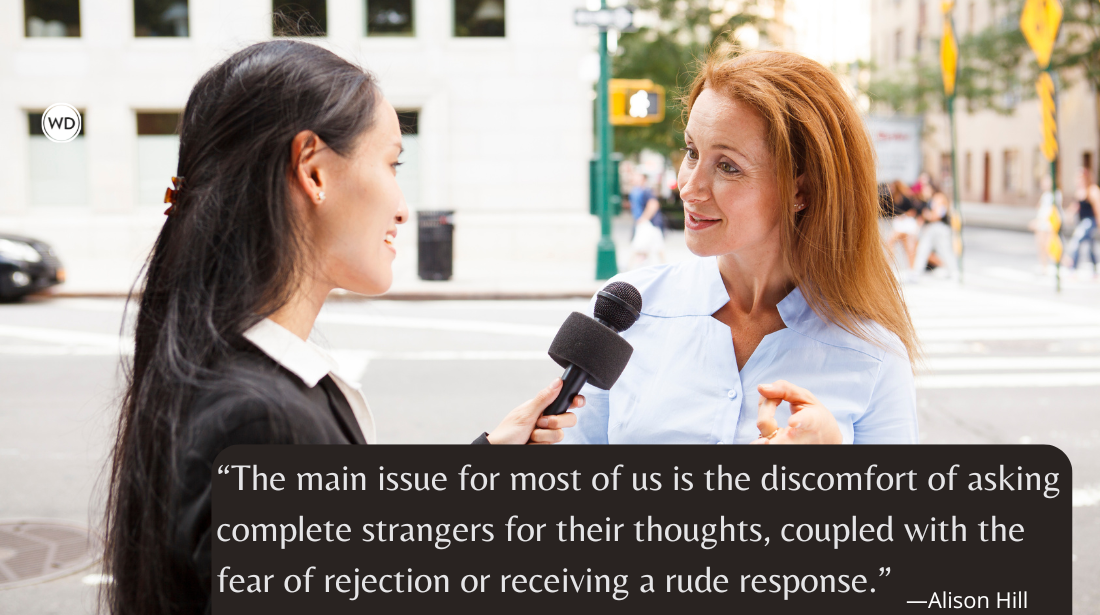Write Better Nonfiction
Articles | Business Books | Creative Nonfiction Writing | Grammar | Historical Books | Humor in Nonfiction | Personal Writing | Revising & Editing | Travel Books
Learn how to write better nonfiction. Writer's Digest editors and guest contributors cover everything about writing—from grammar to writing tips to fueling your creative fire.
*****
NOW AVAILABLE - Writer’s Digest VIP Membership!
With a print + digital subscription, magazine archive access, over 400 on-demand tutorials videos, and so much more, the VIP Membership can help you achieve your goals.


